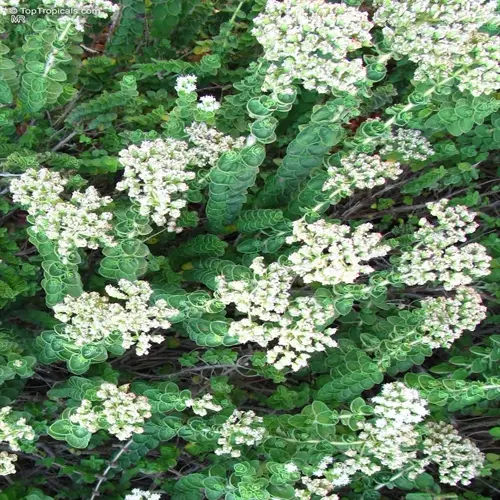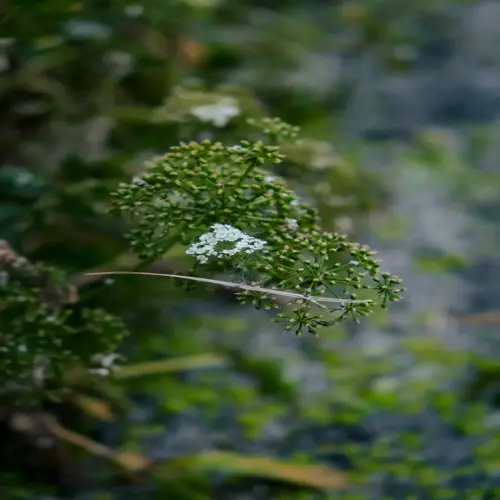How often should sage be watered?

Written by
Julia Anderson
Reviewed by
Prof. Martin Thorne, Ph.D.Watering sage the right way can be the difference between living and dead plants. Drought-tolerant, it actually prefers a dry environment to a wet one. Sage is native to the Mediterranean climate, so watering infrequently but deeply is ideal. I learned this the hard way and lost plants due to overwatering. Proper watering keeps the roots healthy and encourages strong growth.
Soil Moisture Testing
- Insert finger 1-2 inches deep to check dryness
- Water only when soil feels completely dry
- Use moisture meters for container accuracy
- Observe soil color change from dark to light
Watering Methods
- Apply water directly at soil level slowly
- Use drip irrigation for in-ground plants
- Soak containers until water drains freely
- Avoid wetting leaves to prevent disease
Seasonal adjustments are crucial for maintaining proper hydration. Summer calls for frequent watering during heat waves. Winter only requires limited moisture during dormancy. Spring and fall are a moderate approach. And always reduce watering after heavy rains. Monitor your plants daily during extreme weather changes.
Container trees require special attention due to their limited soil space. The finger test method can be used to determine moisture every day. Water when the top inch is completely dry. Ensure that pots have drainage holes to prevent waterlogged soil. Smaller containers dry faster than larger containers. Terra cotta breathes better than plastic.
Be able to spot signs of incorrect watering promptly. Yellowing leaves are a sign of over-watering issues. Wilting, accompanied by dry soil, indicates an underwatering burnout. Once you recognize the symptoms, address them promptly. Root rot requires soil amendment and watering spacing. Crispy leaves need rehydration do-ably.
Develop a deep root system with the appropriate watering method. Soak the soil well, encouraging the roots to grow deep. Watering so fast gives them shallow roots. This technique naturally builds drought resistance. More mature plants are better equipped to handle periods of dryness. Your sage gets tougher every season.
Read the full article: How to Grow Sage: A Complete Beginner's Guide

